The 10 best Pixar short films, that do more in 5 minutes than some movies do in two hours
Lunar explorers, grumpy magicians, baby pork buns, and more
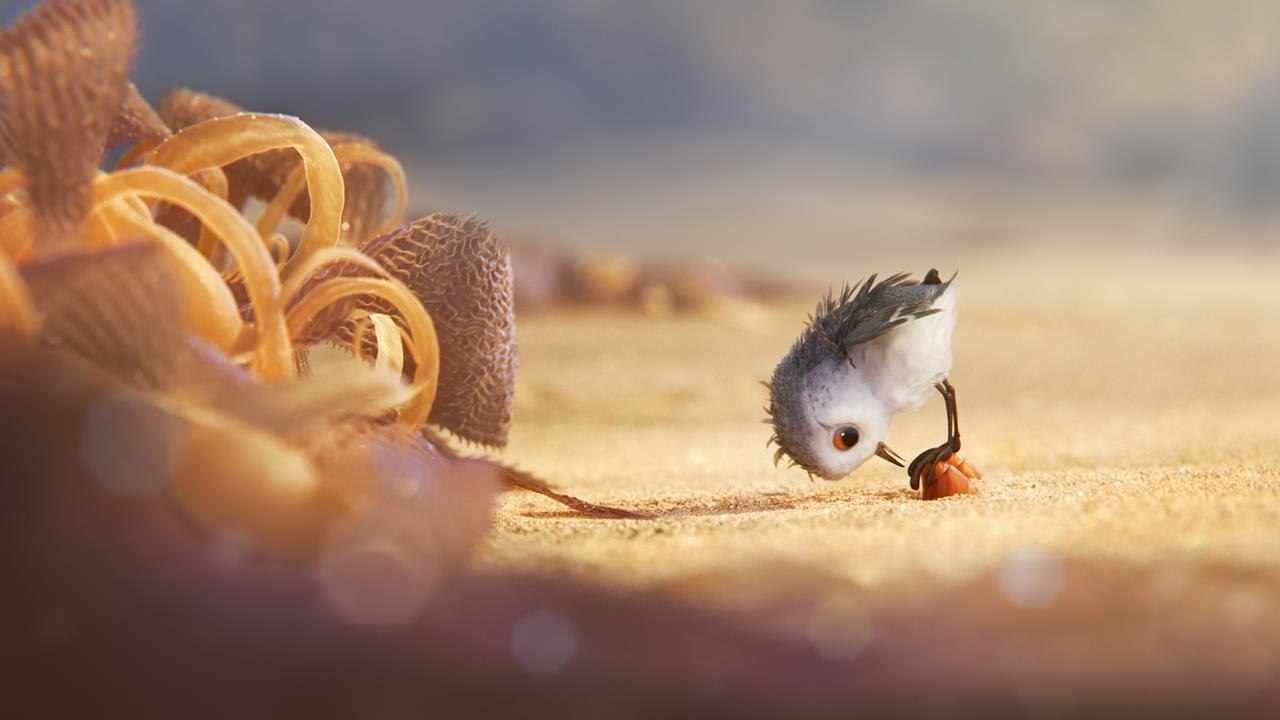
The best Pixar short films may not be the main, ticketed attraction, but they can often be just as memorable - if not more so - than a full-length movie. Pixar got its start wowing audiences with its 3D animated shorts, and it continues to honor that legacy with all the wildly diverse shorts it creates to accompany its feature-length films. They're all special in their own way - but by our estimation, these are the ones you absolutely need to seek out and watch if you haven't seen them yet - or just rewatch to appreciate how brilliant they are.
We've decided to craft a best list that excludes any Pixar short that acts as a spin-off from one of the major Pixar movies, allowing only the self-contained, standalone pieces. Without previous character investment or world-building to fall back on, these are the ones that have to work the hardest and smartest to get the job done. Enjoy our eclectic list, which we think shoes off every different facet of Pixar at its absolute best - but be sure to let us know in the comments which Pixar short you hold most dear.
10. Knick Knack (1989)
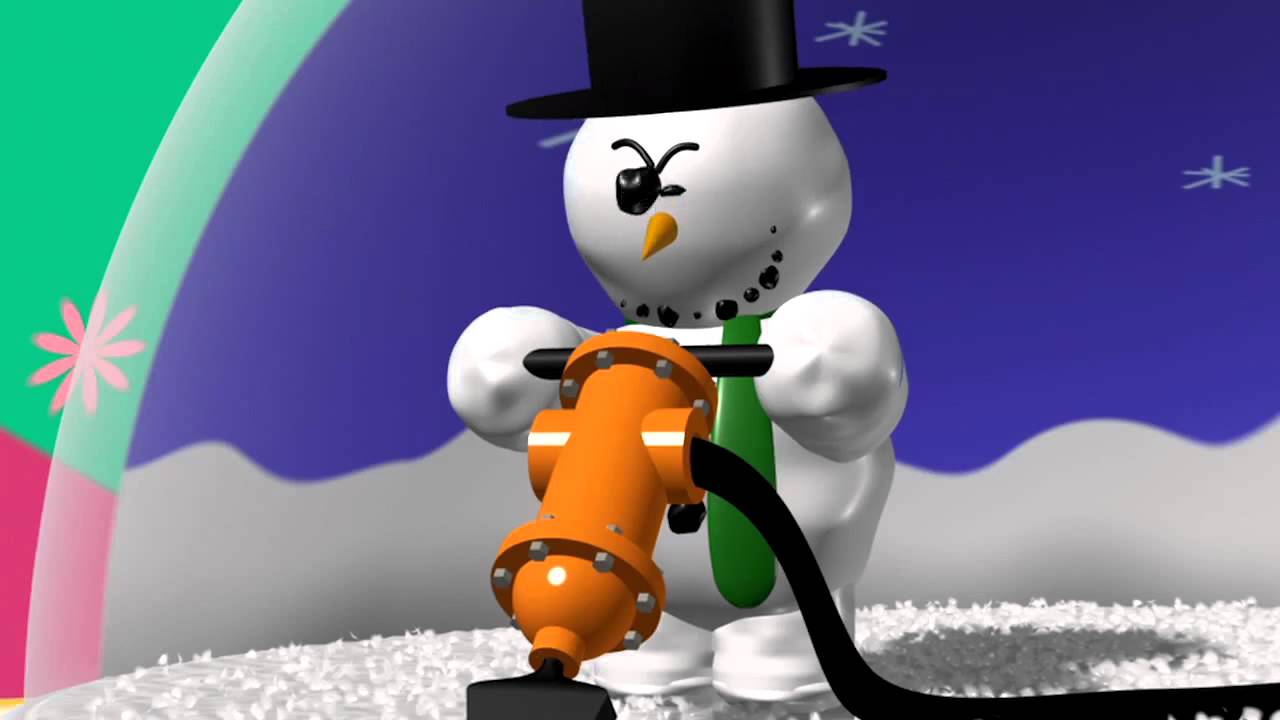
What it’s about: Possibly a precursor to Toy Story, Pixar’s fifth-ever short sees a miniature snowman trapped inside the self-contained landscape of a desktop snowglobe. All is fine in his personalised bubble-world until he sees how much fun the more summery table trinkets are having on the outside, and takes a particular liking to a plastic bikini girl. Thus follows a spirited and relentless battle against slapstick adversity as he attempts to break free.
Why it’s so good: Its art and animation might not match the modern Pixar standard, but in terms of ideas, Knick Knack has the studio’s future well and truly sparking through its each and every pixel. A series of increasingly outlandish, physical jokes, with evolving repercussions pushing things ever closer to the film’s curveball (but ultimately entirely logical) ending, Knick Knack is an early blueprint for everything that came afterward. Visually witty, with a flair for subversion and a thick streak of pathos, it’s as fun now as it was in 1989. And it’s also more wholesome, given that Pixar gave the original, awkwardly boobtastic female characters a redesign for Knick Knack’s 2003 re-release. 1989 was a weird time.
9. The Blue Umbrella (2013)
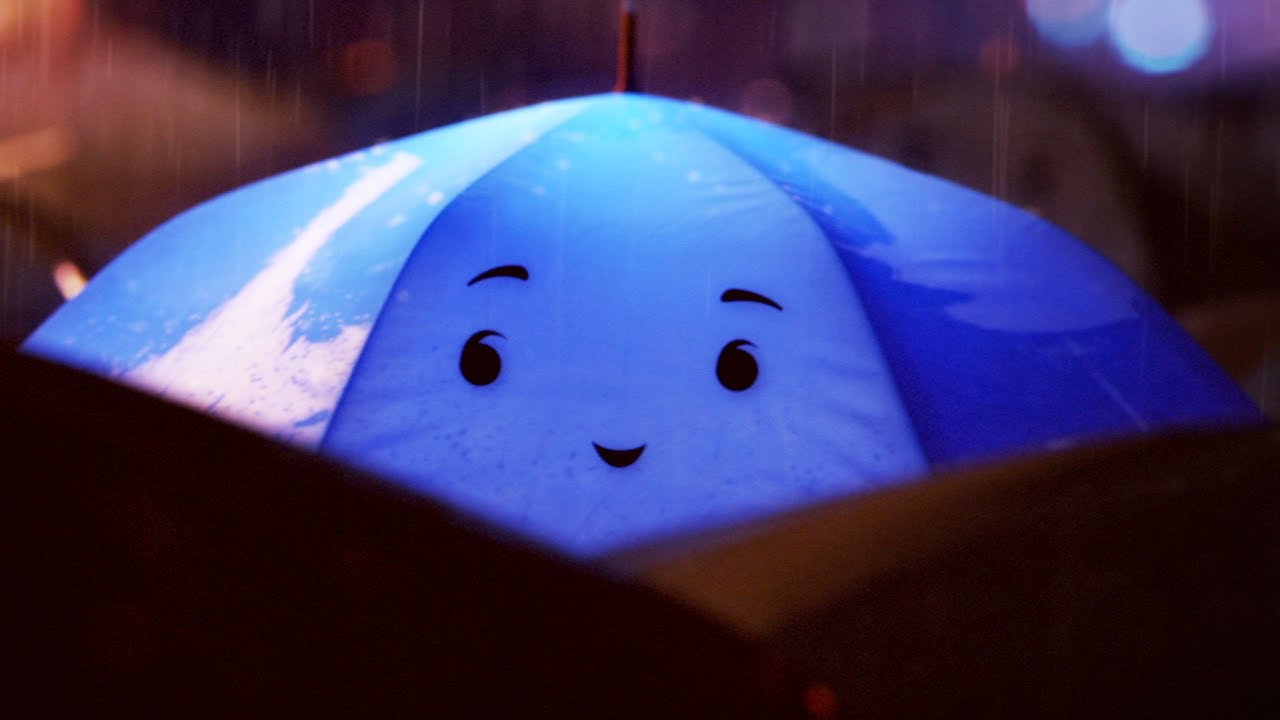
What it’s about: In a crowded, rain-soaked city, a blue umbrella catches sight of a red umbrella, and is instantly smitten. One problem though: their owners are going in different directions and, being umbrellas, neither has any autonomy over their fate. Plus, the weather is terrible, and the evening is fraught with dangers. Fortunately, the very fabric of the city seems to be on their side.
Why it’s so good: A classic, immensely polished example of Pixar’s ‘Everyday objects are people too’ schtick, The Blue Umbrella is a fantastic showcase for the studio’s talent for emotive anthropomorphosis. But while you’ll initially be hooked by the umbrellas’ obvious plight, it’s the less visible, less glamourous secondary characters who are really the stars of the show. The heroes, in fact. As the danger builds, the previously referenced drains, gutters, and vents of the city - lent a great deal of life and personality through far more subtle, almost subliminal characterisation - step up, watching over the star-crossed utensils. The result is a beautiful tale of unseen, everyday wonder in which high drama happens under the noses of passers by, and happy endings are hard-won without anyone on the outside even noticing.
8. Geri’s Game (1997)
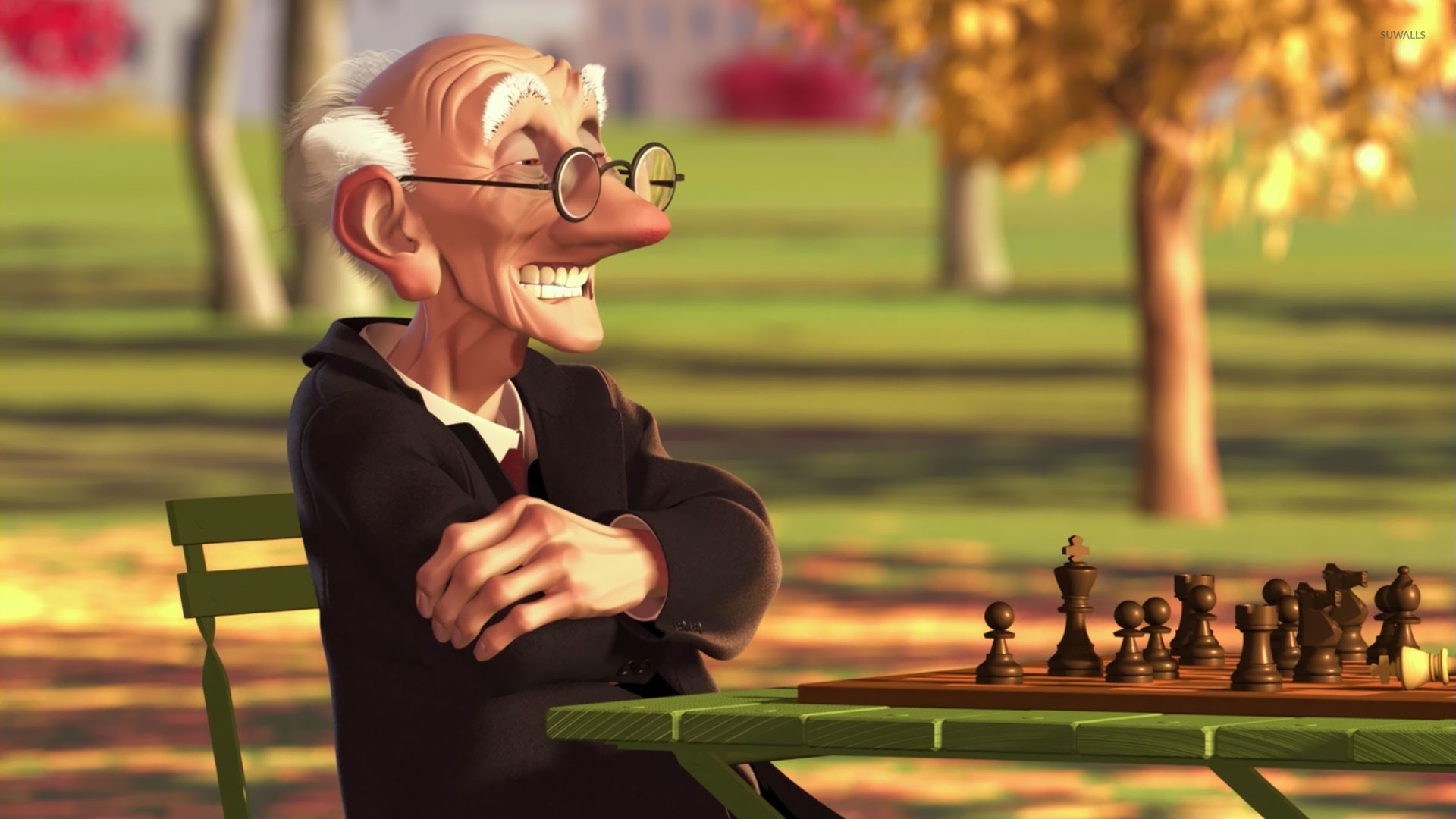
What it’s about: Okay, I’m kind of cheating on my own rule a bit here, as Geri is actually a supporting character in Toy Story 2. But given that his short doesn’t involve any of that series’ main cast - and besides that, is just so damn good - I’m not going to lose a wink of sleep over it. Here, Geri sits at a table in the park on an autumnal morning, playing chess against himself. But Geri - both Geris, in fact - is/are deceptively competitive, leading to a fierce battle of wits.
Sign up for the Total Film Newsletter
Bringing all the latest movie news, features, and reviews to your inbox
Why it’s so good: Geri’s Game absolutely flies on its ability to make is lead - and only - character feel like two distinctly different people. From the subtly subliminal details (the differently coloured trees on the two sides of the table, and the on/off wearing of glasses), to the more explicit gestures, this one is a masterpiece of characterisation and intimate interplay. Its real masterstroke though, is ensuring that for all their differences, the two Geris remain instinctively two facets of the same character, and for all their conflict, are both sympathetic right through until they recombine at the end, the Geri we loved at the start re-emerging. A breezy, witty short then, but also a quietly smart musing on personality, duality, and the hidden layers we all contain.
7. Partly Cloudy (2009)
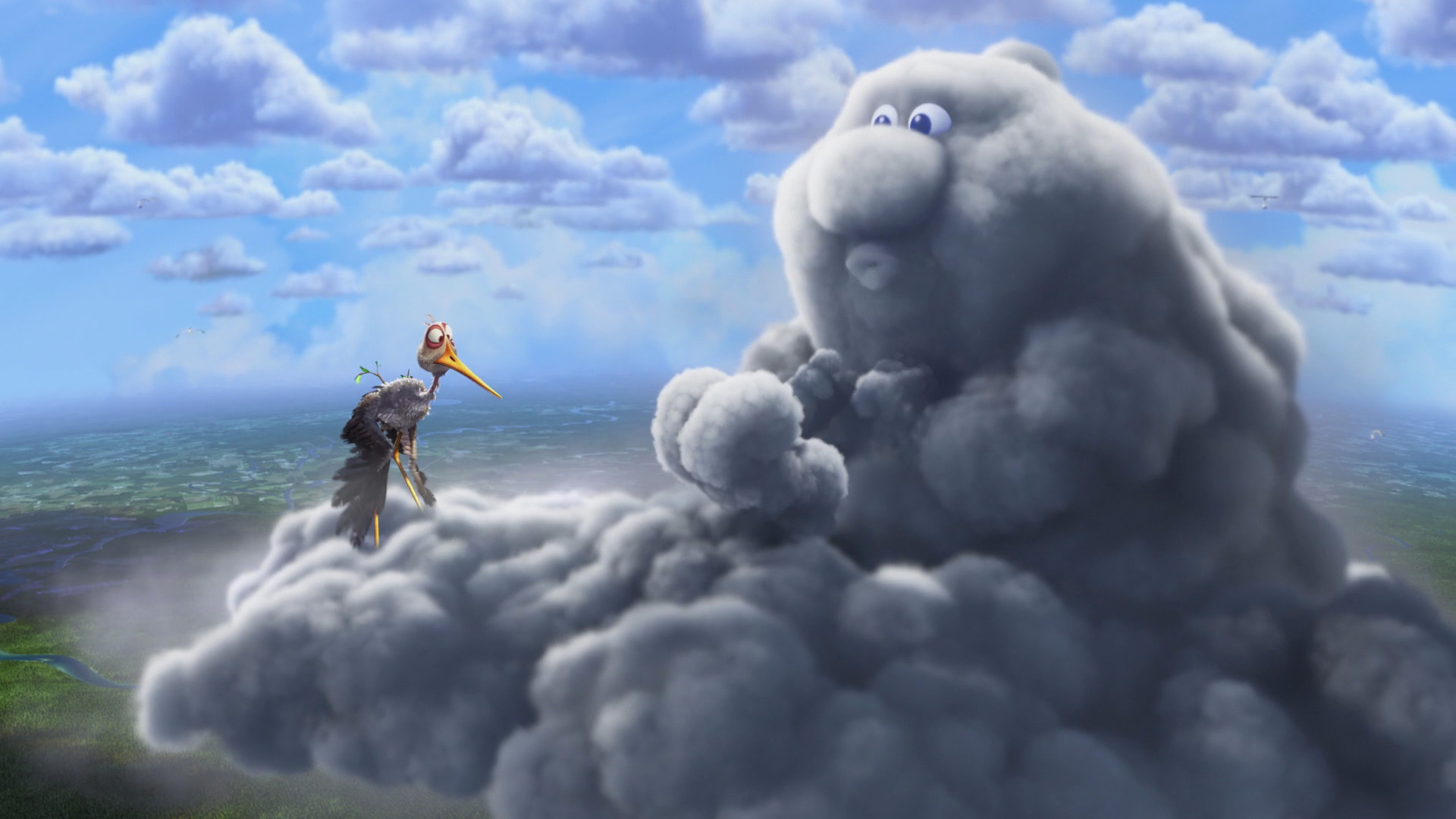
What it’s about: The stork theory of baby delivery is explored at the starting point of the process, as cheery, chubby cloud-people sculpt their fluff into happy human babies, puppies, and kittens for their winged partners to deliver below. But just a little further down in the sky, a winsome storm cloud finds that he’s unable to create anything but dangerous baby beasties, which spells constant peril for his long-suffering stork buddy.
Why it’s so good: One of the most warmly characterised Pixar shorts around, in terms of both its individual leads and their core friendship, Partly Cloudy does a fantastic job in ensuring that all of its schadenfreude-brewing sight gags act as fuel to commentate on that key relationship. You’ll get caught up in laughing at the put-upon stork being bitten, bashed, and spiked by his well-meaning friend’s creations, but when the dramatic tipping point comes, with its gale-force emotional kicker, you’ll realise that Partly Cloudy was actually talking about something much more, all along.
6. Piper (2016)
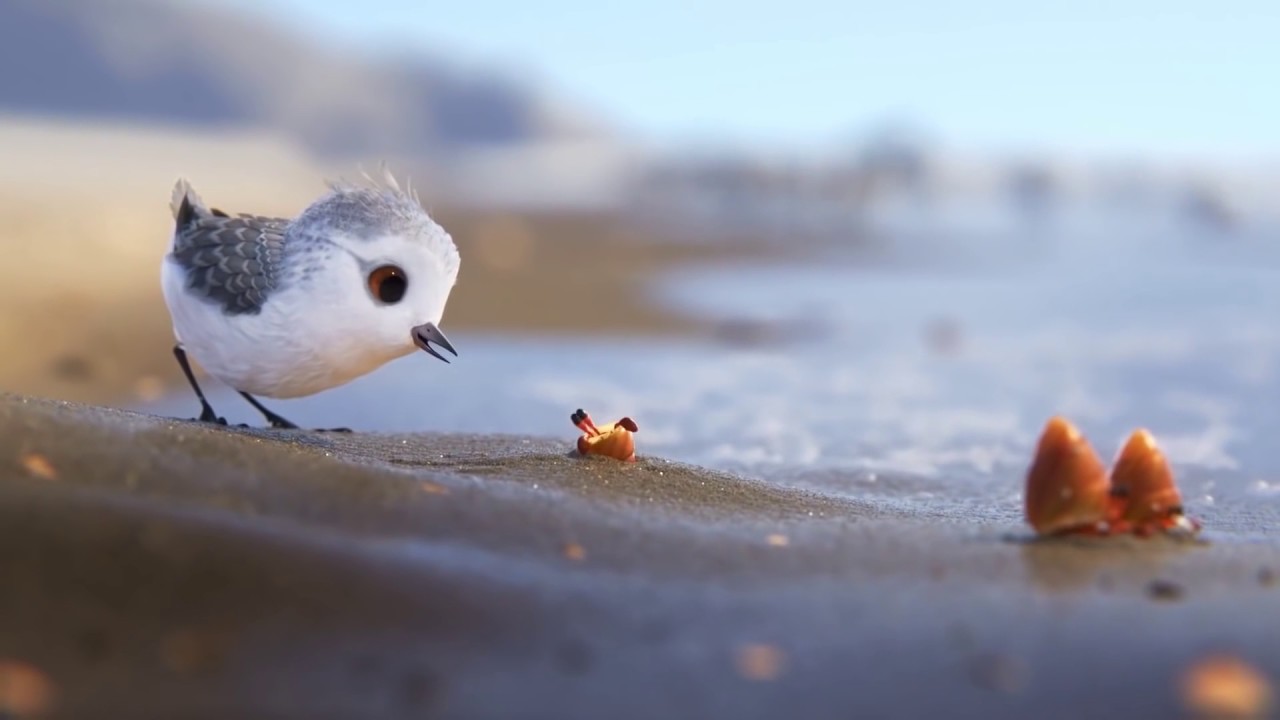
What it’s about: A young sandpiper is forced to go hunting for her own food for the first time. As the adult birds neatly deal with the coming and going of the tide, she reluctantly struggles with the whims of the waves, until a chance meeting delivers life-changing inspiration.
Why it’s so good: One of the most delicate, musical, light-of-touch Pixar shorts, Piper dances along with a daintiness to match its tiny protagonist. Wisely using a (mostly) crisp, pseudo-realistic art style to amplify the light innocence of its lead character and her tale, there’s a clean, direct precision to Piper’s storytelling that gives it a sparkling atmosphere all of its own. It might tell a traditional Hero’s Journey narrative, but by doing it on a scale simultaneously so small and large, and compressing the whole thing into a handful of perfectly-formed minutes, it delivers one of the best-crafted bits of storytelling in the medium.
5. Bao (2018)
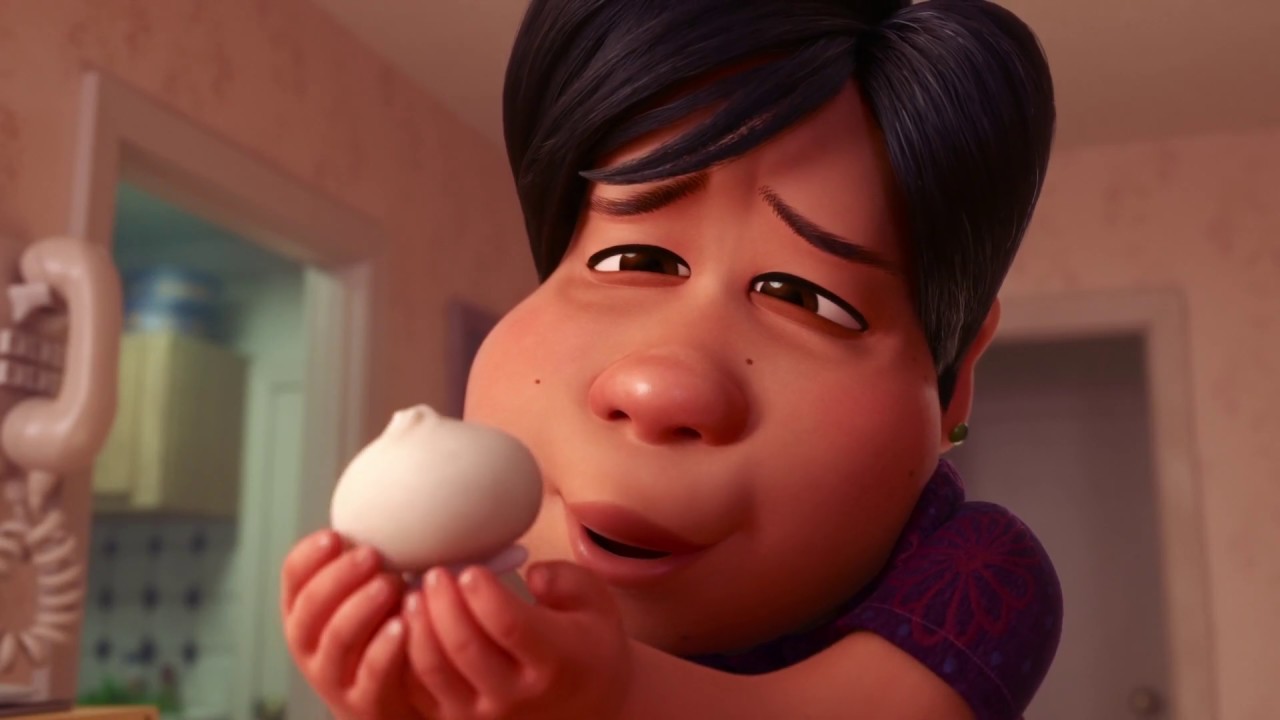
What it's about: A Chinese mother is stunned when one of her delicious steamed buns suddenly springs to life. She raises this sentient baby dumpling as her own, as it grows from an adorable doughy toddler to a moody teen that wants nothing to do with its mom. Of course, it's all an analogy for this woman's empty nest syndrome, as she struggles to accept the fact that her real-life son wants to start a new life with his girlfriend.
Why it's so good: No matter who the viewer is, Bao immediately makes you relate with the joys and pains of motherhood, and the nuanced dynamics of modern Chinese families. But above all, it'll instantly make you hungry for a fresh pork bun, as you'll be salivating whenever glistening, lifelike Chinese cuisine is on the screen. Bao is the first Pixar short helmed by a woman (about damn time), and director Domee Shi perfectly conveys some of the tenets of her upbringing, like how food is a love language in Chinese culture and can bring folks closer together in such tender ways. Whether or not you've had kids of your own, Bao makes you empathize with parents who struggle to set their precious children off into the world - and shows that when you fight through the heartbreak, you'll often find great happiness on the other side.
4. Lifted (2006)
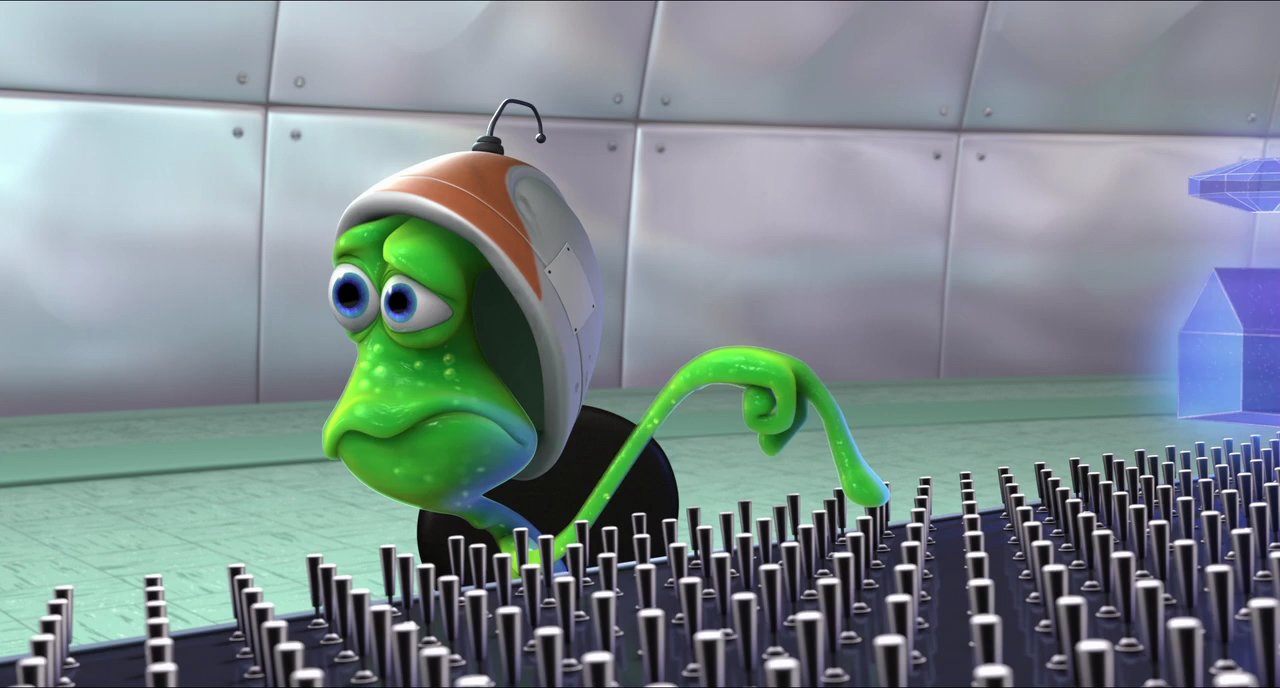
What it’s about: A trainee alien at the controls of a UFO floating above rural Earth nervously attempts his first abduction, under the watchful gaze of a surly supervisor. With all the capacity of high-powered, alien tractor beam technology at his disposal - and a sleeping subject to work with - it should be a breeze. But things do not go well.
Why it’s so good: Nearing the pinnacle of Pixar’s talent for good-natured slapstick, Lifted is a classic case of the studio’s ability to latch onto one cool, core idea, and then exploit it for more comedic and storytelling value than most would ever manage to dream up. From the very first, abortive attempt to gracefully slide the human abductee out of his window, to the final, audio-only kicker during the final credits, Lifted exhibits a stunning knack for concept, pacing, and subversion of expectations, deftly and cleverly alternating between cinematic, sci-fi majesty and bluntly grounding, entirely relatable, mundane failure and awkwardness. Like all the best Pixar shorts, it tells it story without a word being spoken, every action, stunt, and set-piece feeding into potent narrative and character development, to an incredibly satisfying - and touching - end. It’s also laugh-out-loud funny with an incredibly dense guffaws-per-second ratio.
3. La Luna (2011)
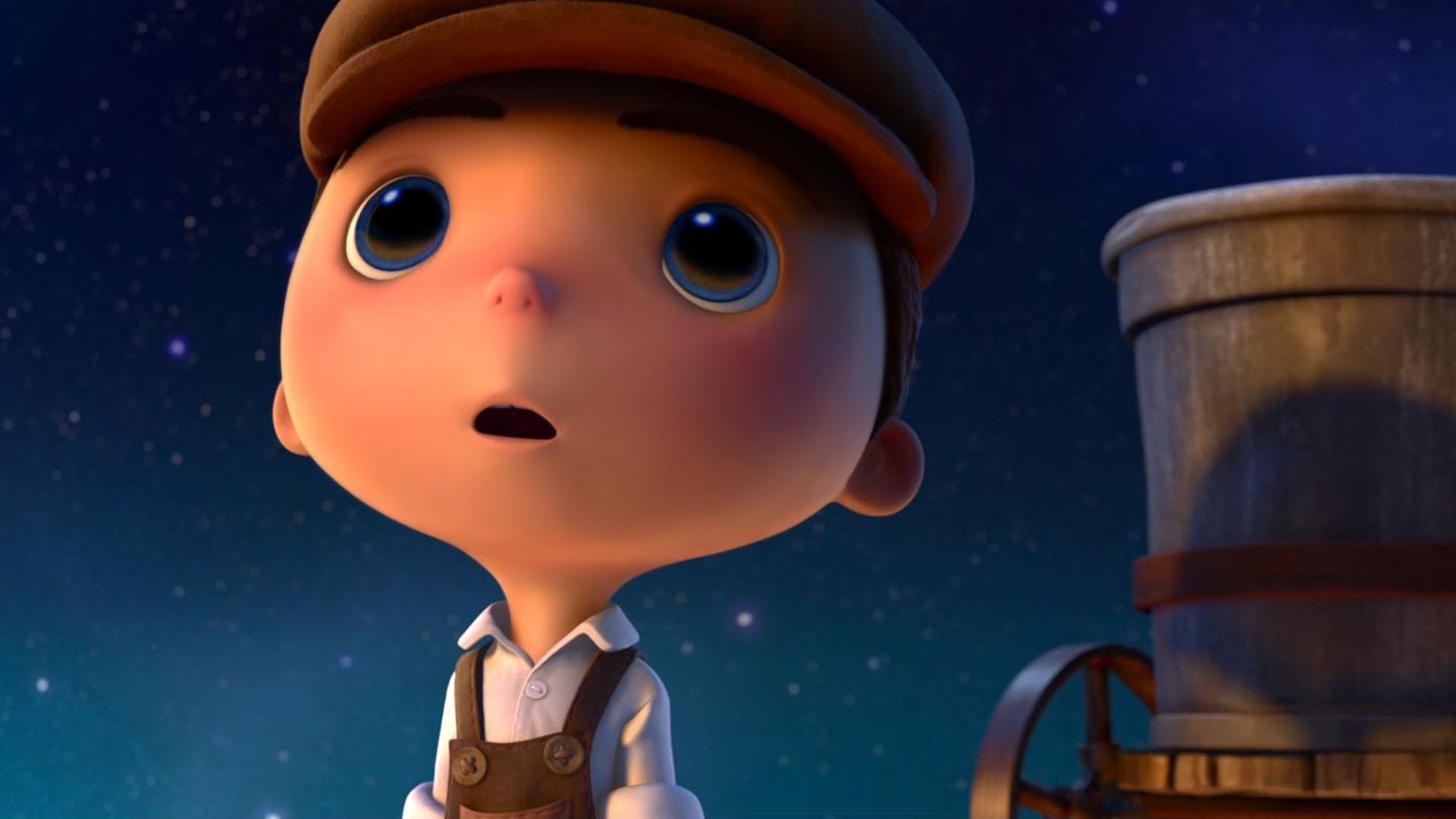
What it’s about: A young boy ventures out onto a peaceful, nighttime sea in a rowing boat, accompanied by his father and grandfather, in order to perform some important maintenance on the moon. The two older generations frequently butt heads over the correct way to do things, while the boy observes them both, trying to choose a role-model as he also attempts to help.
Why it’s so good: This one is just beautiful. The internal logic of its lunar expedition is a delightful feat of intimate wonder, drawn completely with a clean, economical whimsy. With its concept so neatly related, La Luna then has plenty of space to explore the dynamics between the three characters, packing years of familiarity and tradition into a handful of minutes, before evolving a fresh new path for their future from a dazzling pivotal moment. All this, and a final, bigger-picture reveal that will leave you beaming. If Hayao Miyazaki directed a loose adaptation of Super Mario Galaxy, it might look and feel a bit like this.
2. Presto (2008)
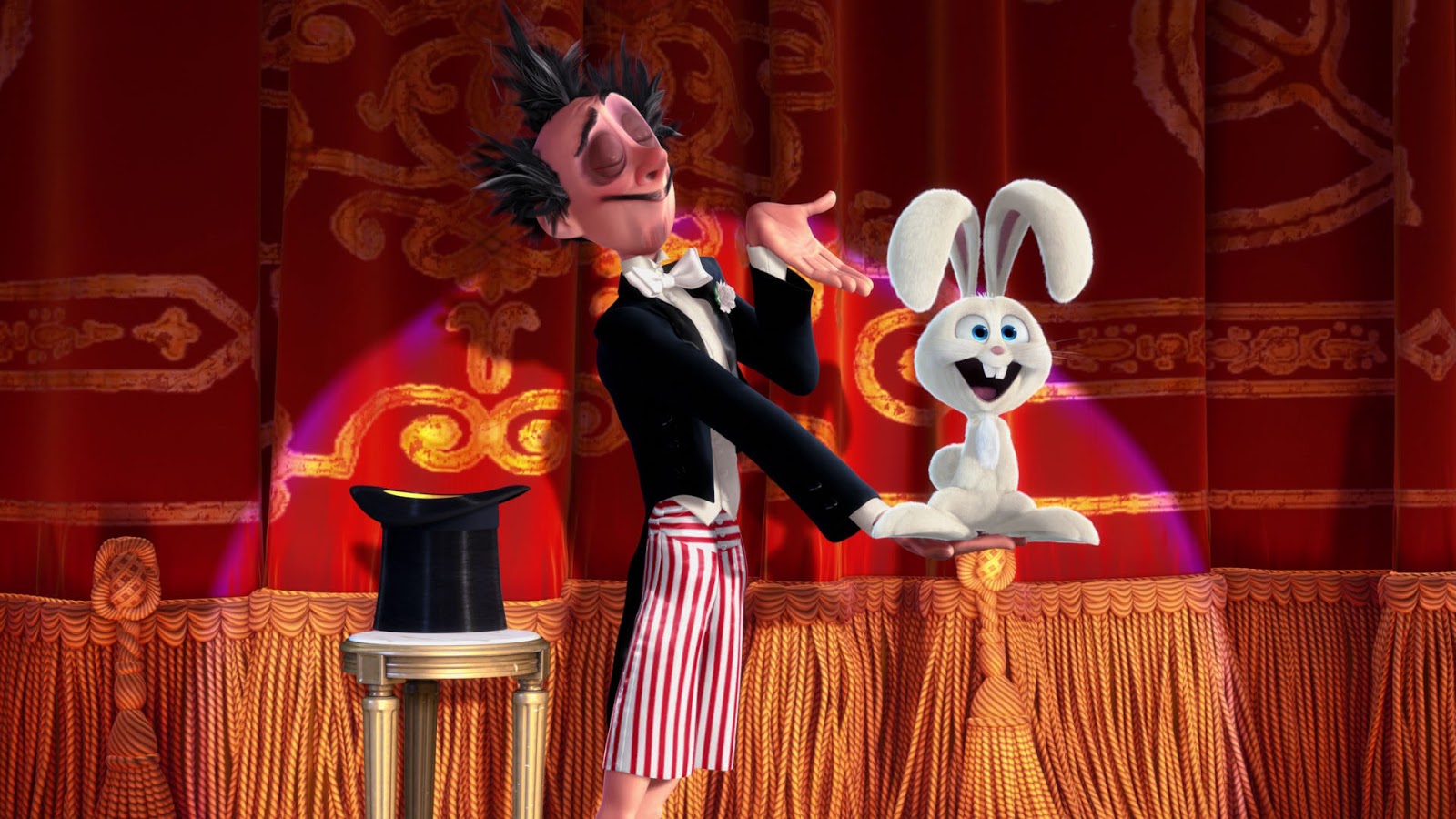
What it’s about: An arrogant, control-freak stage magician attempts to perform his usual act - which makes use of two, genuinely magic hats, whose insides are connected by an invisible portal - but after a long, long time being exploited, the rabbit who assists in his show has finally had enough of being pushed around.
Why it’s so good: Opening with a visual hark back to the classic, cel-animated Disney shorts of old, Presto then plays out as an affectionate and damnably authentic tribute to the kinetic, physical comedy of the Disney and Warner Bros. cartoons of the period. Exemplifying a relentless, rapid-fire enthusiasm for gag creation, it’ll at times have you pausing and rewinding a couple of times over to fully take in the chain of giddy, magical spatial logic that just led to that latest, rib-bothering sight-gag. This being Pixar though, Presto has as much heart as face-slapping, prat-falling comedy, using the relentless escalation of the conflict between man and bunny to reveal and develop the depths of their relationship, leading to a warm, and surprisingly dramatic, conclusion. If you need a one-stop masterclass in everything comedic that Pixar does well... Presto is it. The funny side of the studio doesn’t get better than this.
1. Day & Night (2010)
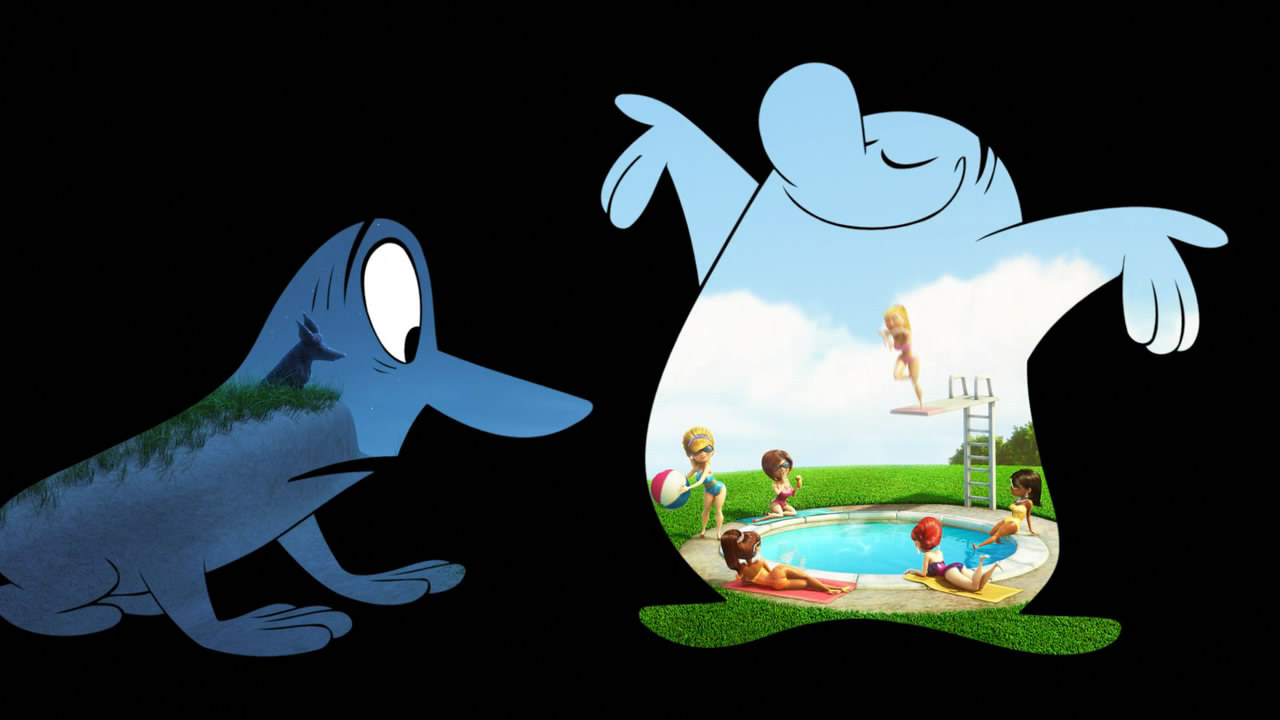
What it’s about: In a black abyss, a two-dimensional character literally embodies the spirit of the daytime, his frame acting as a window to sunny meadows and warm, ray-kissed beaches. Soon though, he runs into another character, identical except that he embodies the night, and a fierce rivalry ensues.
Why it’s so good: Easily Pixar’s most high-concept short to date, Day & Night is a tricky one to explain in words, but is executed with such dizzying imagination and free-wheeling fluidity of ideas as to draw you into its enchanting internal logic in an instant. The opening seconds, in which events in the morning landscape mirror the external actions of the Day character, are an applause-worthy salvo of invention themselves. But as the relationship between Night and Day evolves, melting between distrust, jealousy, one-upmanship, respect, and ultimately friendship and understanding, it’s utterly impossible to not be left in awe of an animation studio operating on a whole different creative plateau to anyone else around. No spoilers, but the shot in which Night and Day finally discover the depth of their bond is so conceptually and visually perfect that it might bring a tear to your eye.
For more Pixar appreciation, check out the best Pixar Easter eggs that the studio loves to hide in all its movies.



